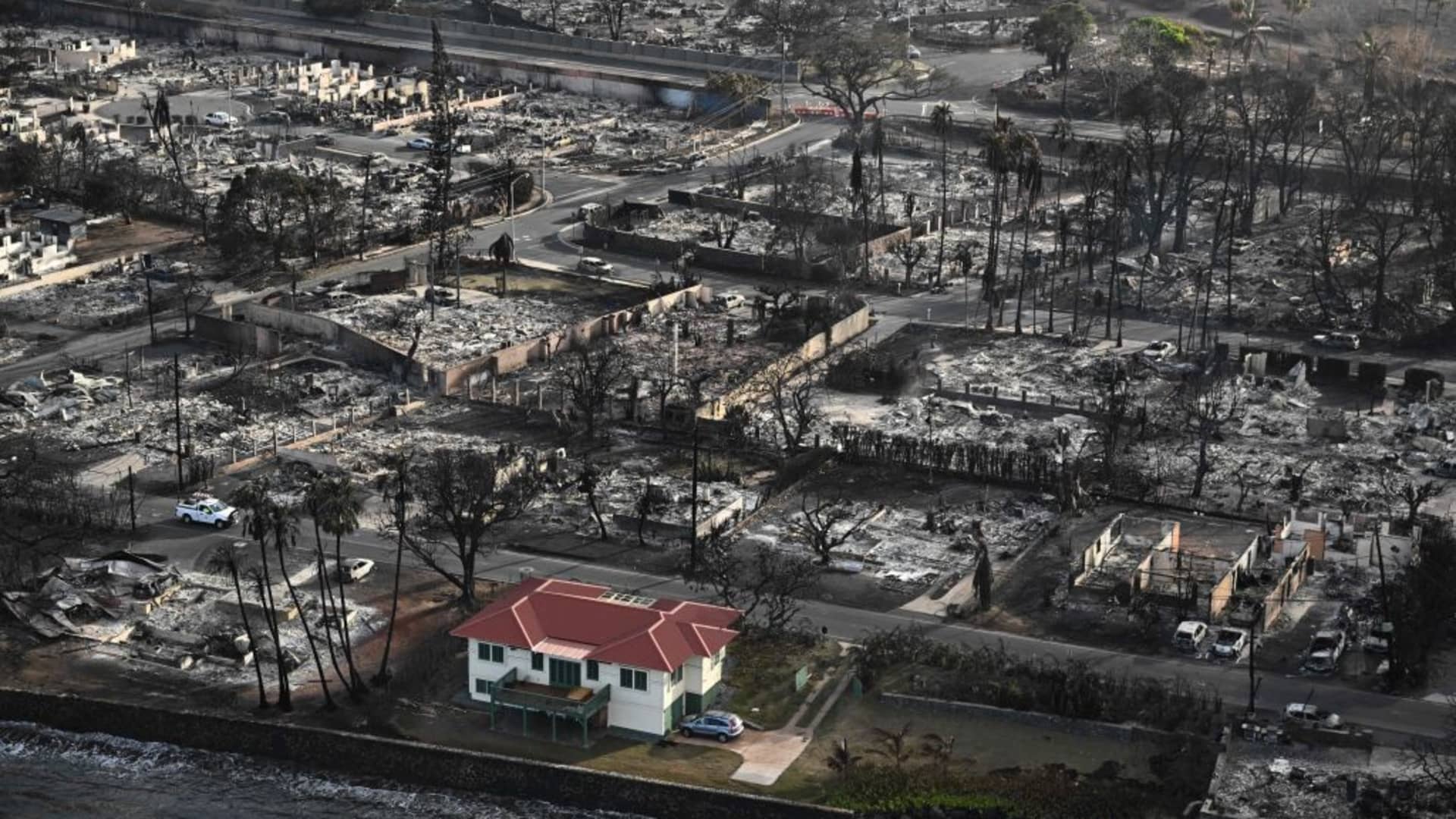Products You May Like
Along East Boston’s waterfront sits The Eddy, a two-building property with over 250 luxury apartments. Its harbor-side location provides unobstructed views of the Boston skyline. It also leaves the building particularly vulnerable to sea surges and flooding.
When developers imagined The Eddy in 2014, they kept that weather exposure in mind.
According to the Urban Land Institute, or ULI, the developers built The Eddy nine inches higher than the original property that was previously located on the site. They put an emergency generator on the roof, built an 18-inch floodgate layered with sandbags at the base and planted coastal vegetation that can survive a saltwater immersion. The developers also constructed The Eddy with walls that can withstand up to 100 miles per hour of wind.
Those renovations reduced The Eddy’s estimated flood loss risk from $10 million to $1 million, which meant ten-times cheaper annual flood insurance premiums, plus savings on wind insurance, according to ULI.
Since The Eddy completed construction in 2016, extreme weather has become more common. As a result, insurance has grown more expensive.
Climate-resilient features that might have once been considered architectural frills are now helping commercial real estate owners lower property costs in the long-term.
Lindsay Brugger, vice president of urban resilience at ULI, said that, along with reducing insurance premiums, climate resilience can generate savings by lowering operating expenses, improving the marketability of a building and avoiding construction costs when a natural disaster hits.
“Resilience should be for everybody. It does not need to be a luxury,” said Brugger.
A 2018 study by commercial property insurer FM Global found that for every dollar spent on hurricane protection, a building will lower its loss exposure by $105.
And a 2019 report by the National Institute of Building Sciences spoke on the non-financial savings as well. It found that implementing mitigation measures according to modern building codes could save 600 lives and prevent 1 million nonfatal injuries.
Climate’s insurance crisis
Commercial real estate properties have seen insurance rates rise an average of over 7% since 2017, according to an August Moody’s report. That’s compared to a typical yearly increase of about two to three percent.
“It’s not all really due to climate hazards, but that is one of the core issues,” said Kevin Fagan, who authored the report and leads Moody’s commercial real estate analysis division.
Some insurers have pulled out of high-risk markets like California and Florida, scared off and priced out by the increasing regularity of extreme weather conditions.
Christine Chipurnoi, an executive at USI Insurance Services, said as a result, her clients have seen “astronomical” premiums. One Florida office property she advises saw its annual wind insurance quote climb from $30,000 to $44,000 in just four weeks.
“The market is just changing so fast,” she said.
Major commercial real estate trusts have all cited climate risk as a significant threat to their financial stability.
In February, Vornado Realty Trust noted that its concentrated investment in markets like New York, Chicago and San Francisco leaves it especially vulnerable to natural disaster damages and elevated costs. Climate change could increase the cost of property insurance, energy maintenance and damage repair, Vornado said.
“Over time, these conditions could result in declining demand for office and retail space in our buildings or the inability of us to operate the buildings at all,” the company said in the filing.
Boston Properties and Highwoods Properties made similar statements in their own 10-K filings.
As climate change risks make insurance more unavailable, commercial property owners are looking to weather-proof their assets rather than solely rely on pricey insurance to cover their damages.
“Investing in the asset as opposed to depending on insurance coverage just makes more sense nowadays,” said Tony Liou, president of sustainable engineering firm Partner Energy.
Climate resilience is ‘not a nice-to-have’
Consequently, climate-resilient architecture is no longer just a luxury expense — it’s a means of securing discounted insurance and lowering long-term costs.
In California, for example, insurers are required to discount rates based on the mitigation measures an owner has taken to protect their property like having fire-resistant vents or a Class A fire-rated roof.
Despite the construction costs of weather-proofing, Fagan said, “You do kind of get paid back.”
According to a ULI case study, a south Florida resort saved itself an estimated $500,000 in annual insurance premiums because it integrated hurricane-proof windows, located its electrical units above storm-surge zones and installed other climate resilience measures.
Sometimes, it’s not just about cheaper insurance but rather securing insurance at all.
Climate-resilient architecture “makes you writable,” said Chipurnoi. “It will make more insurance companies come to the table and actually give a quote.”
Holly Neber, the chief executive of AEI Consultants, helps assess risk on commercial real estate and has seen firsthand how clients can be priced out of insurance coverage without integrating climate change mitigation for their properties.
She recently consulted on a trio of 1970s vintage multifamily buildings in Miami Gardens, Florida whose owner, in order to meet new lending requirements, needed to increase the property’s wind insurance policy by 850 percent — from $5 million of coverage to over $47 million. After an initial risk assessment, insurance firms only felt comfortable covering an additional $5 million.
“The owner was stuck. How could they refinance if the required wind coverage was not available?” Neber said.
But the buildings recently had a weatherproofing makeover: new roof truss framing, hurricane ties on the rafters, plywood sheathing and new windows.
What may have once been viewed as extraneous renovations now allowed the client to go back to the insurance companies with a new risk assessment of wind damage, which convinced more insurers to finance the $47 million insurance policy.
Beyond finding better insurance deals, without weather-proof features, it has become harder to get insurers to play ball in the first place.
Climate resilience then, Neber said, “becomes not a nice-to-have, but it’s integrated into good risk management and good investment.”
